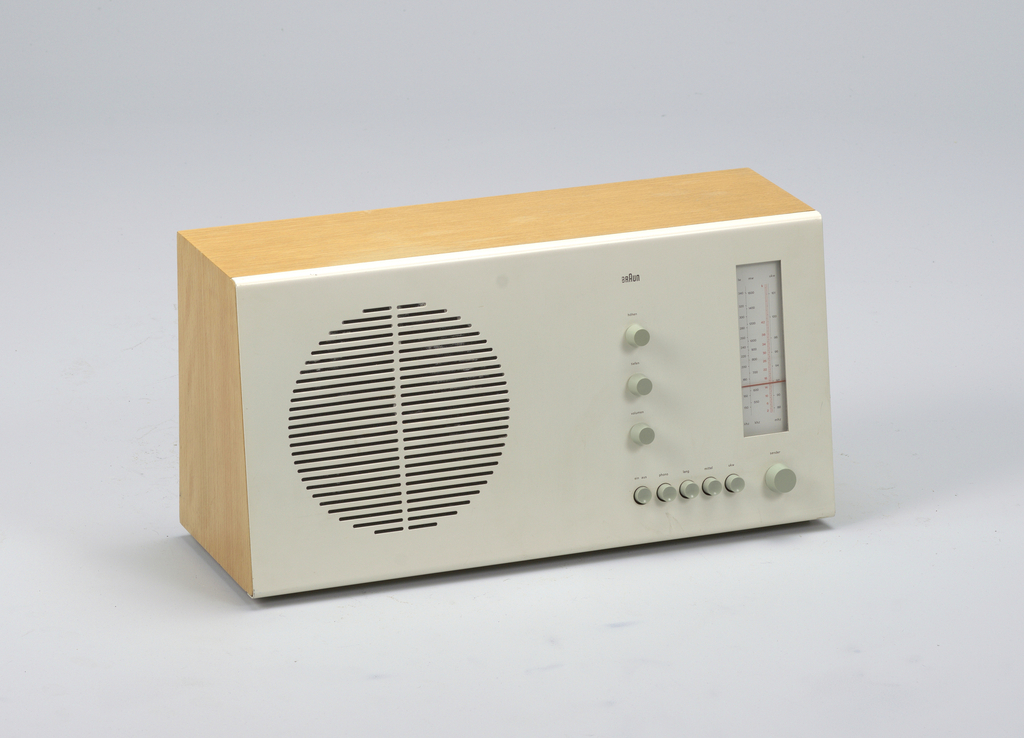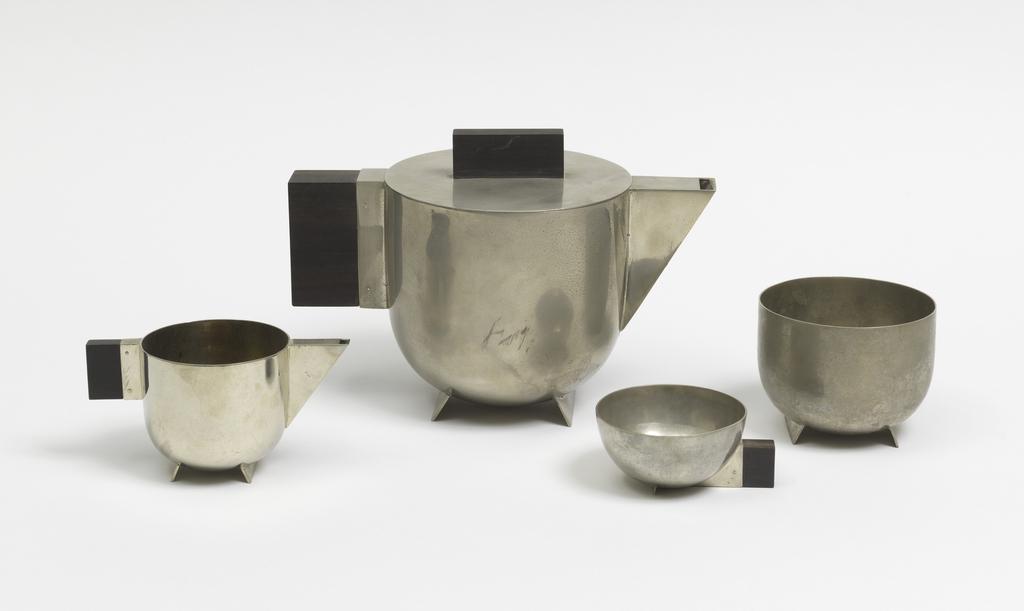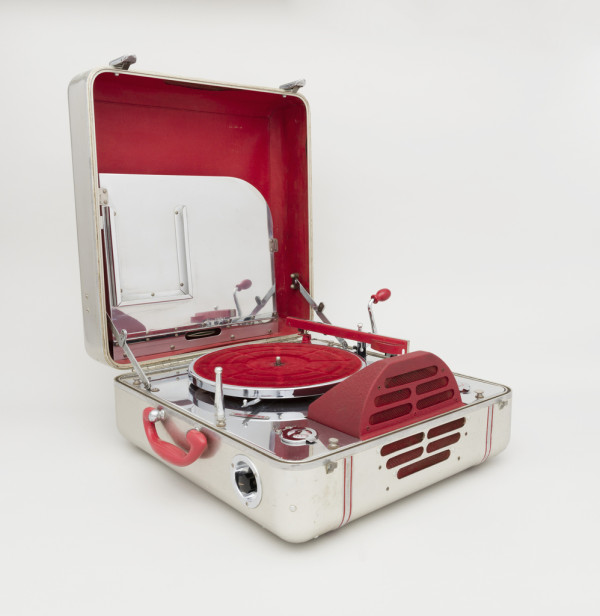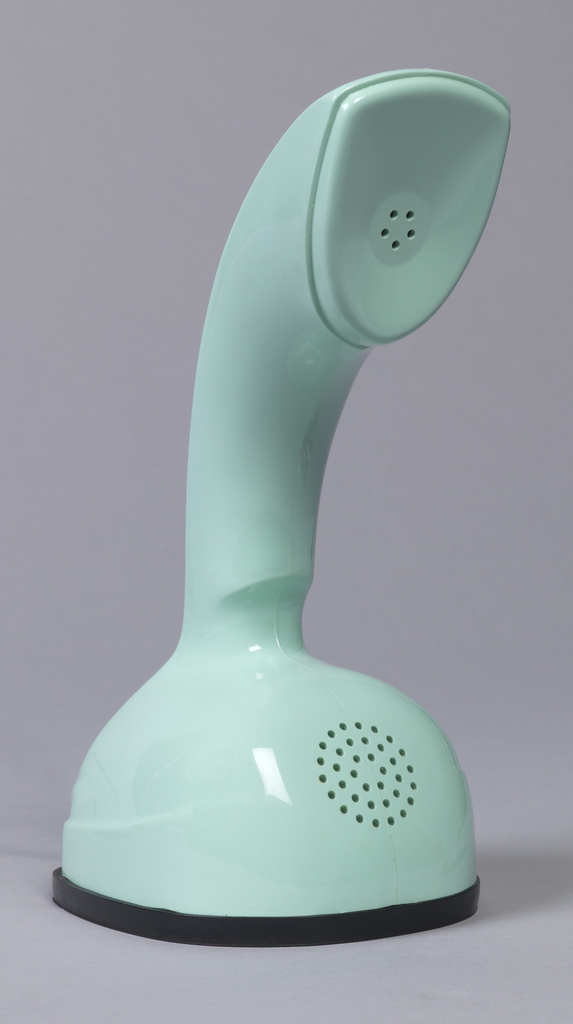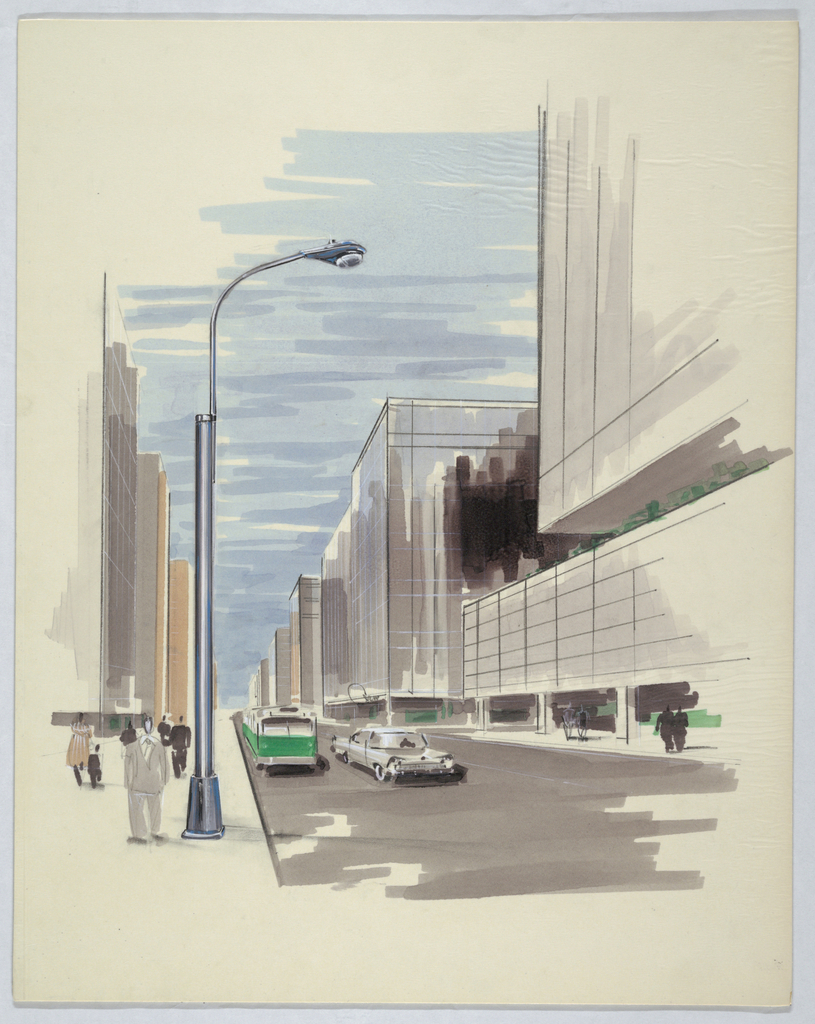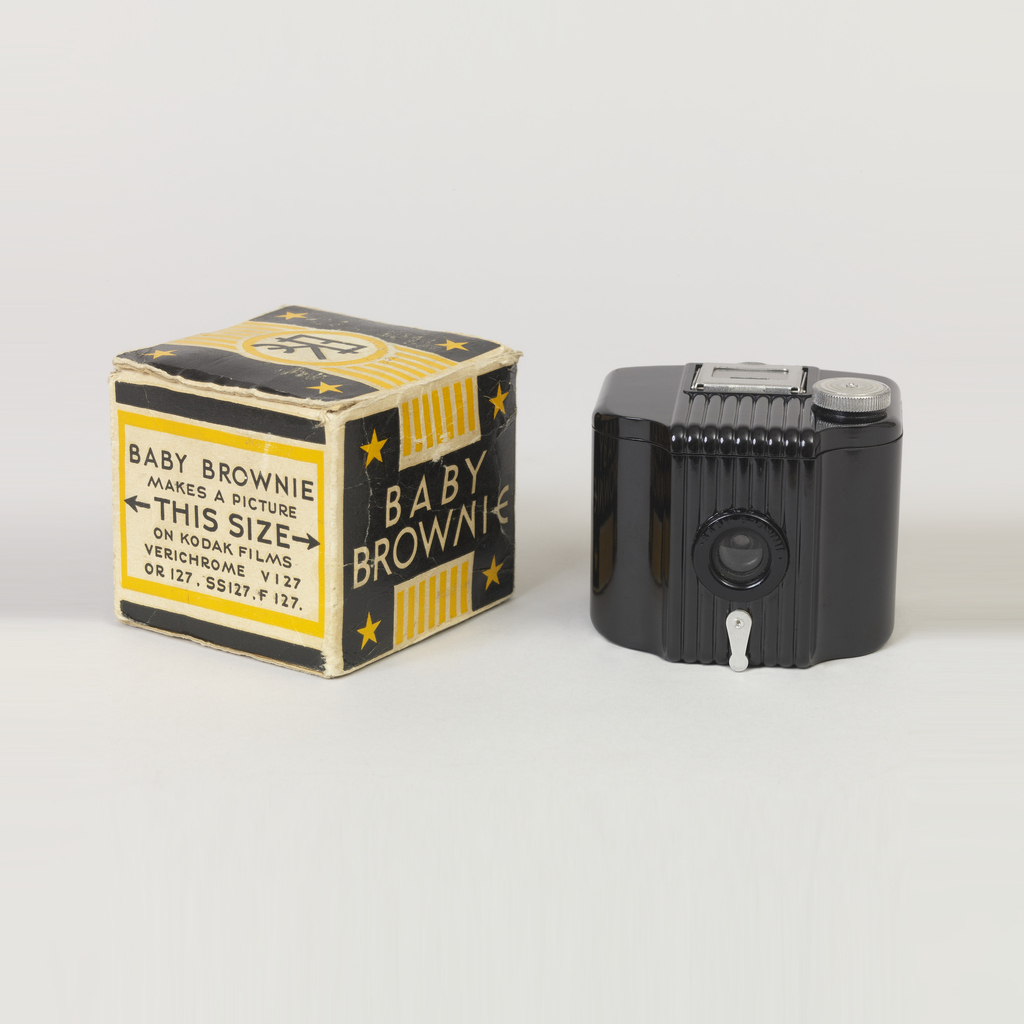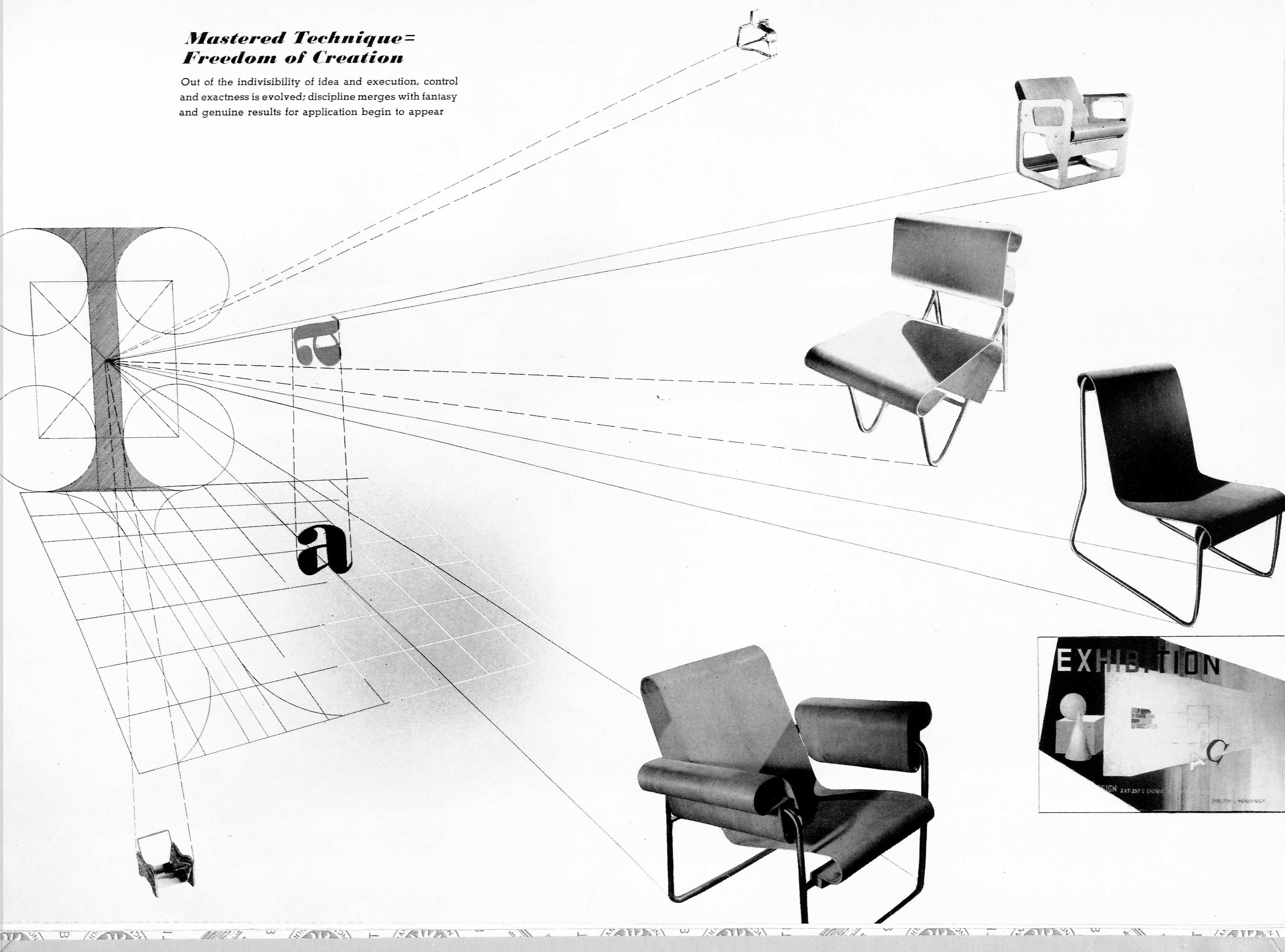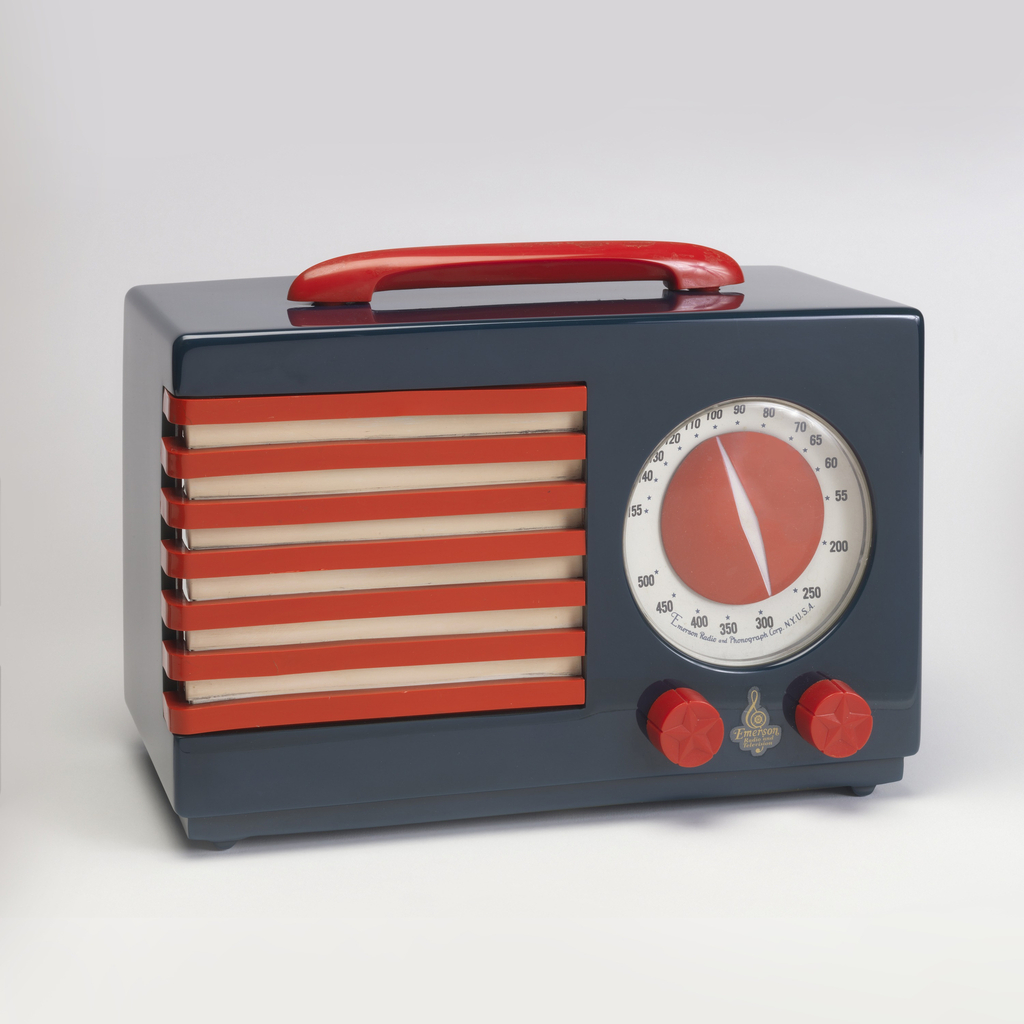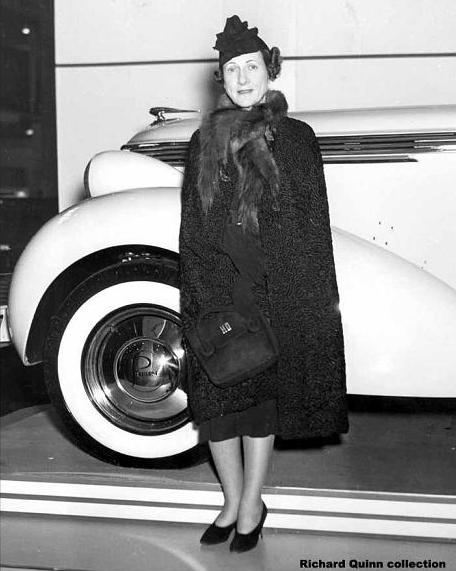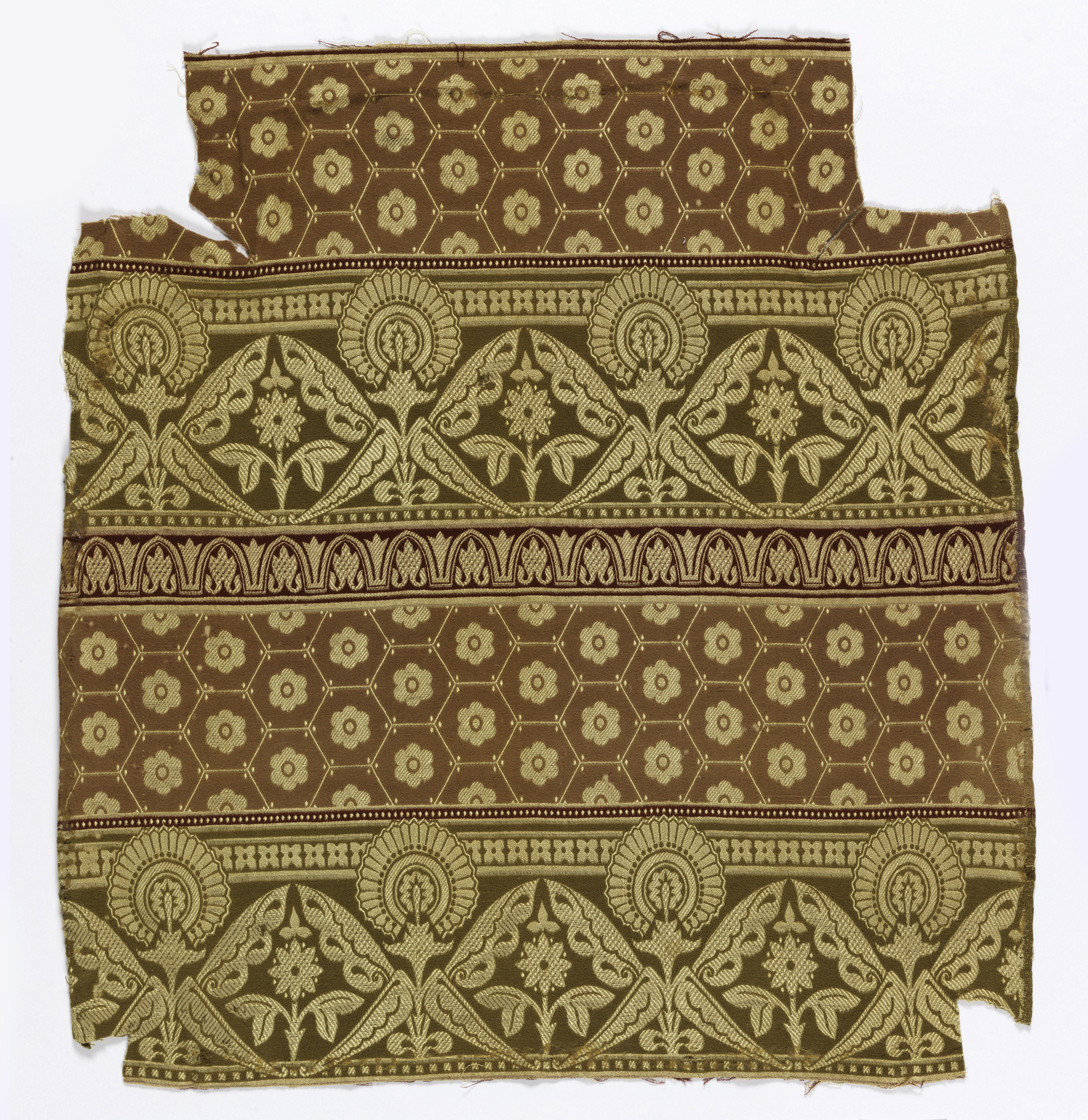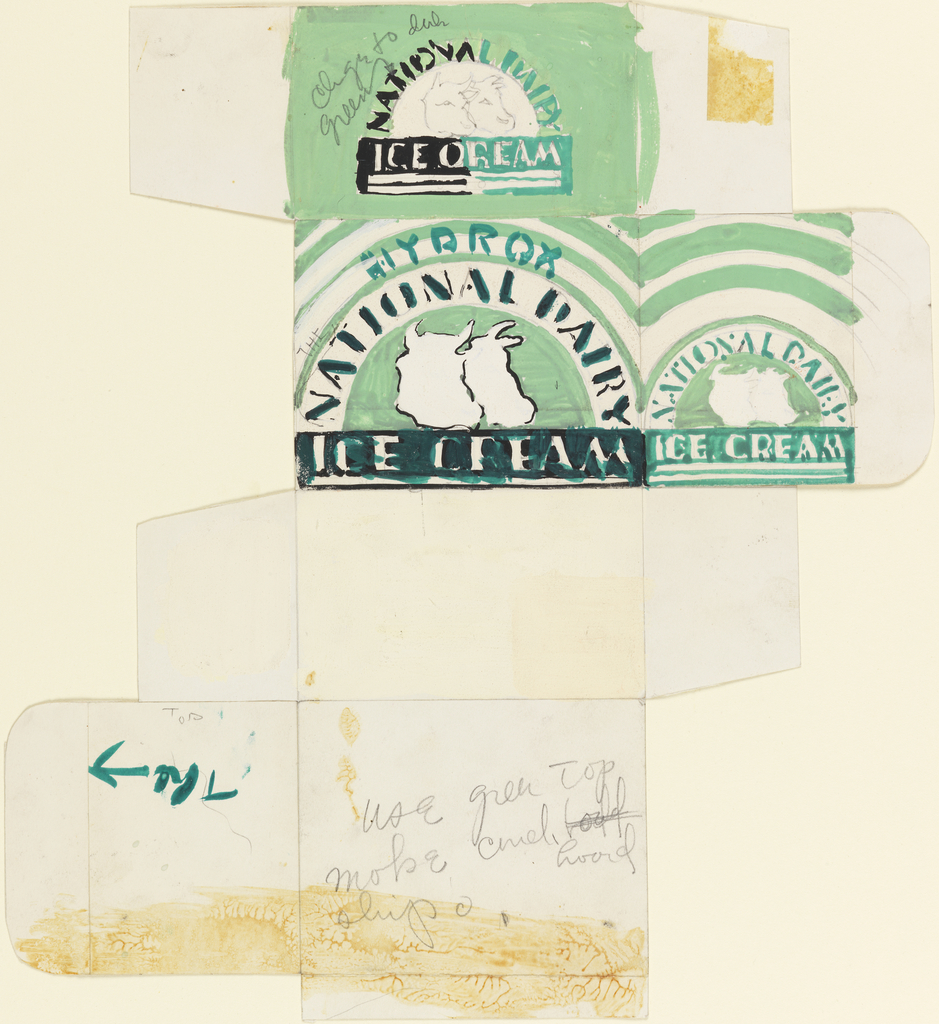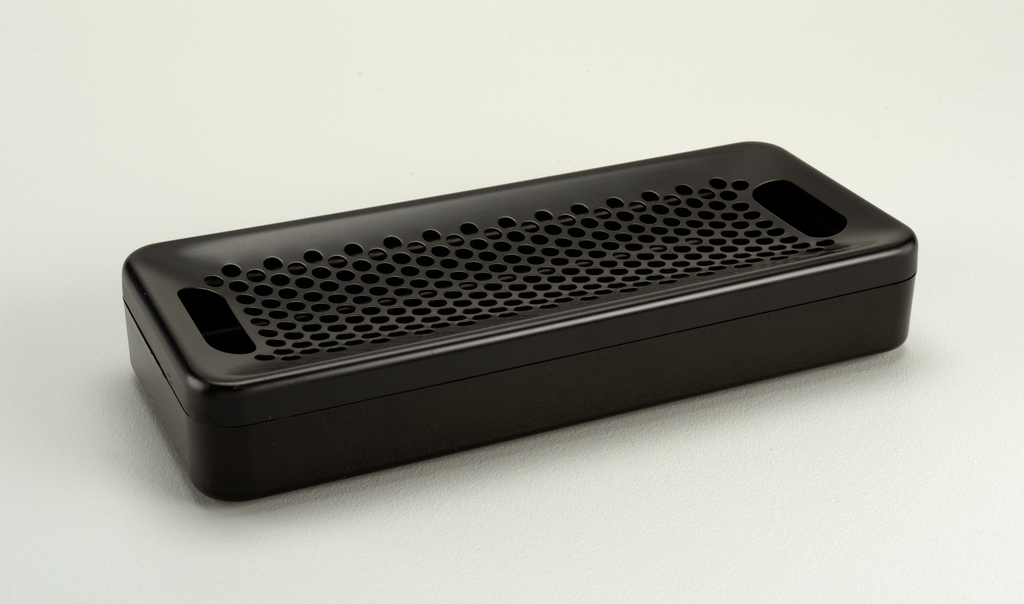From the exhibition, industrial designer Dieter Rams' 1961 portable radio.
In a December 2016 visit to Cooper Hewitt, George R.Kravis II converted the Promised Gift of this teapot to a gift, joining a large group of objects that helps tell the story of twentieth and twenty-first century design, much of which represents the best of design often for everyday use. It is the first piece...
Cooper Hewitt collaborated with Pratt Institute students, who created socially-responsible designs based on experiences they had at two New York nonprofit organizations.
The No. 2402 bowl, shown here in what the Fostoria Glass Company called “ebony,” is one of eight pieces of glass tableware designed by George Sakier in the museum’s collection. The bowl was made in 1930, just a year after Fostoria hired Sakier to be their main design consultant. The avant-garde look of this bowl...
This Austrian tea service was designed in a thoroughly modernist style. Forms have been radically simplified to their stark geometric essence. The pieces have no applied ornament, adhering to the principle of “form follows function”, one of the central tenets of modernist industrial design. Following the First World War, new economic and social conditions made...
This sleek icon of American design embodies the simultaneous rise of listening technology and the streamline moderne style in the 1930s. This portable phonograph’s mechanism was engineered by Alfred Weiland and Selden T. Williams while its case and overall aesthetic were conceived by the prolific graphic and industrial designer John Vassos. Born in Romania, Vassos...
There is no questioning the significance to twentieth-century industrial design of the Ericofon telephone, whose one-piece design makes it a predecessor of both cordless telephones and cell phones. Introduced in the United States in 1956, the Ericofon was originally conceived by Ralph Lysell in 1941 and was redesigned by Lysell, Hans Gösta Thames, and Hugo Blomberg for...
Despite the presence of over 300,000 streetlamps in at least 30 distinct designs, few of the millions who visit Manhattan’s bustling streets every year take note of these integral pieces of city life. The lights have not, however, completely escaped notice: this design drawing by Donald Deskey, one of the most influential Industrial Designers of his era, represents one of many...
When the Eastman Kodak Company first began manufacturing its line of Brownie cameras in 1900, photography was still the domain of trained operators who charged considerable fees for formal portraits and commemorative images of formal occasions. Within the next ten years, however, snapshots became increasingly popular in American culture: holidays, birthdays, and even the everyday...
This rare catalog details the curriculum, philosophy, faculty, and objectives of the School of Design in Chicago in the early 1940s. It is essentially a promotional guide geared to perspective students. The New Bauhaus, as the institution was called, was created as an industrial design school by Hungarian born Bauhaus masters László Moholy-Nagy (1895-1946) and...
The Patriot radio was designed by noted industrial designer Norman Bel Geddes and manufactured by the Emerson Radio and Phonograph Corporation in 1939. The radio is made from Opalon, a thermoplastic similar to Bakelite, which came into widespread use in the 1930s. The late 1930s saw the United States begin to emerge from the Great...
In celebration of Women’s History Month, Cooper Hewitt is dedicating select Object of the Day entries to the work of women designers in our collection. Helen Dryden (1883-1972) was born in Baltimore and studied at the Pennsylvania Academy of the Fine Arts. Her early career was spent as an art teacher, costume designer and fashion...
Christopher Dresser, a disciple of Owen Jones, was an early design reformer and is considered by some to be the first industrial designer. In addition to designing wallpapers, textiles, carpets, ceramics, and metalwork for a wide variety of European and American manufacturers, he published several influential books, including The Art of Decorative Design (1862), Principles...
The prolific industrial designer Henry Dreyfuss (1904-1972) is one of America’s most important industrial designers. He produced a number of the twentieth century’s most iconic designs, including small scale objects such as the Model 302 telephone and Honeywell’s T-86 thermostat as well as monumental works like the Twentieth Century Limited, a new locomotive whose streamlined exterior...
In the late 1970s Rino Pirovano and Rino Boschet purchased a workshop outside of Milan from the widow of an artisan who had earned his living producing metal and plastic motorcycle and scooter components. In taking over the space, Pirovano and Boschet inherited an assortment of equipment used by the old artisan for his trade,...
